CONTENTS
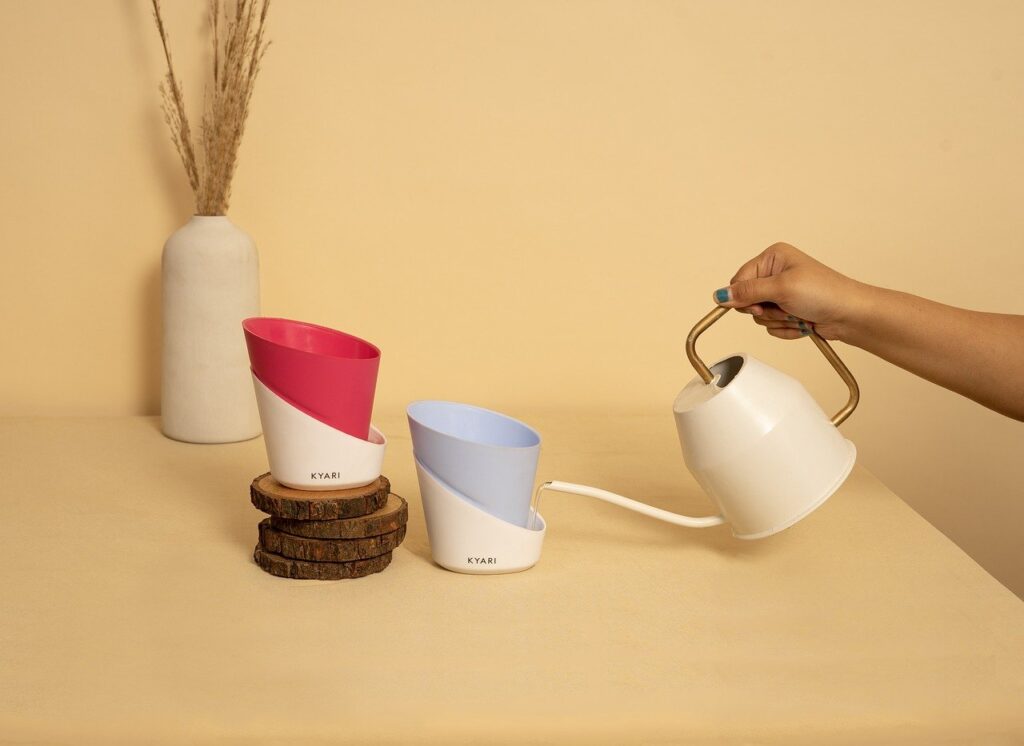
Stay Hydrated: Exploring the World of Self Watering Planters
The key to thriving plants is consistent hydration—but who has the time for daily watering? With our busy lives, it’s easy to forget or overwater, leaving our leafy friends parched or drowning. That’s why self watering planters are a game-changer for every plant lover out there.
These ingenious devices are revolutionizing indoor and outdoor gardening, making plant care more manageable than ever before. Join us as we explore their benefits, how they work, and why you might want to make the switch. Let’s get started!
What are Self-watering Planters?
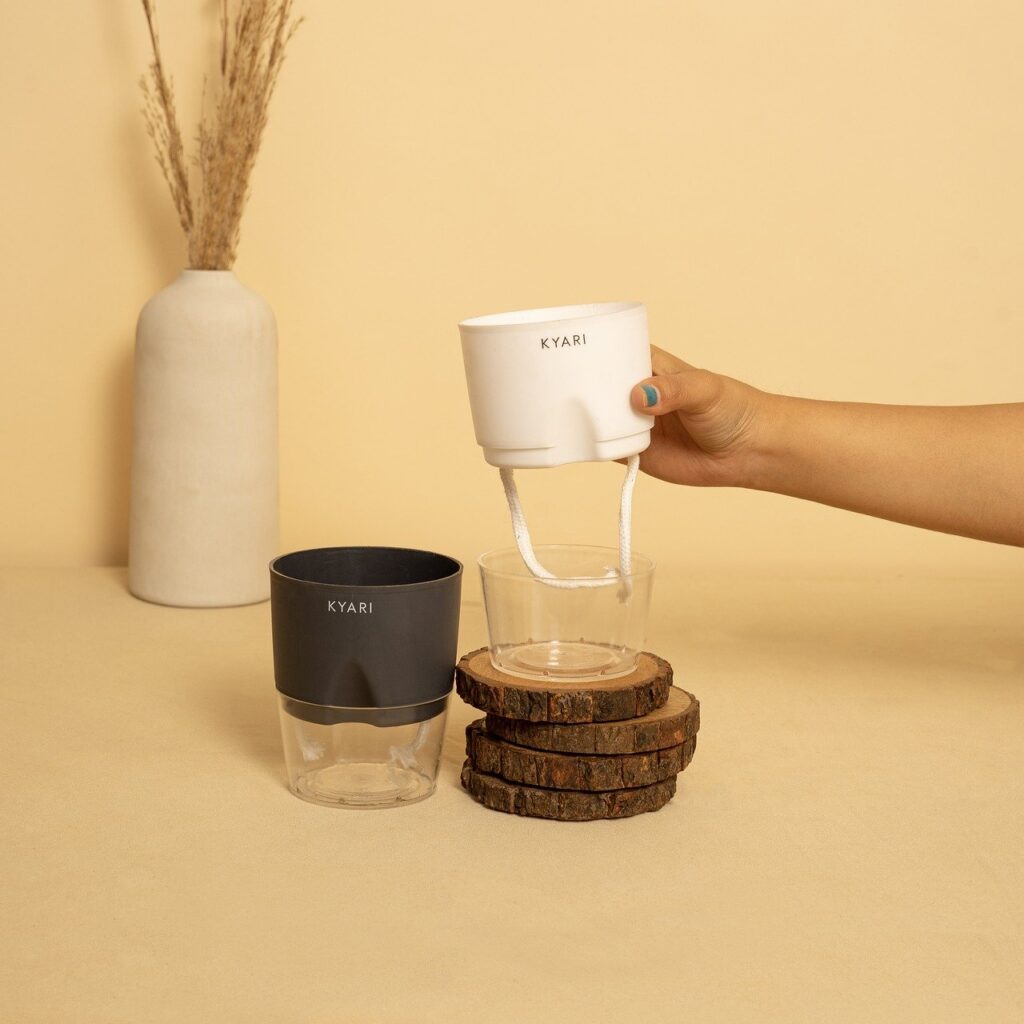
Self watering planters are innovative gardening tools designed to provide plants with a consistent supply of water. They work on a reservoir system, usually located at the bottom of the container, which you fill with water.
The self watering planter system allows the soil to absorb water as needed, maintaining an optimal level of moisture and reducing the risks of both overwatering and underwatering. It makes plant care more manageable, especially for busy individuals or those new to gardening.
How Do Self-watering Planters Work?
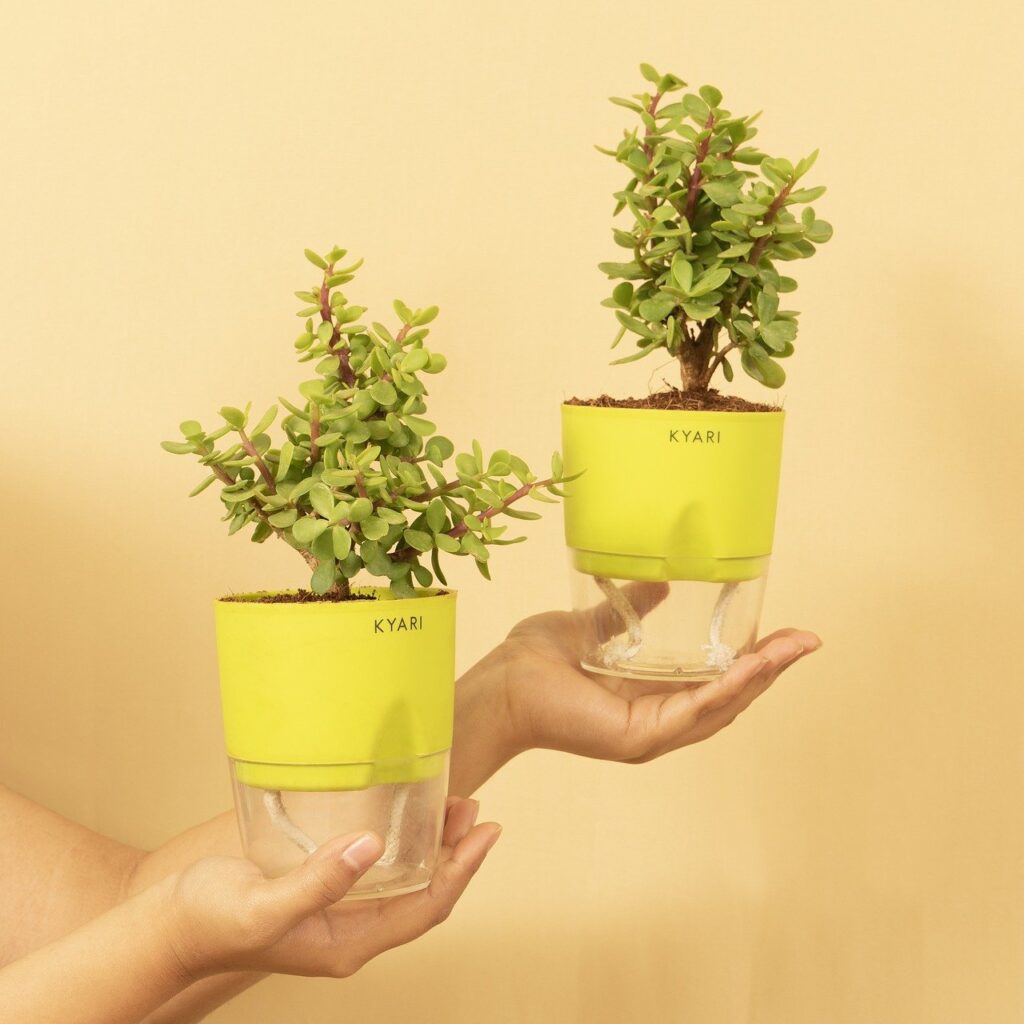
Self watering planters work through a reservoir system. The reservoir, usually located at the bottom of the container, is filled with water. A “wick” is placed within the container, with one end in the water reservoir and the other in the soil. The wick absorbs water from the reservoir and delivers it to the soil through capillary action.
This mechanism ensures that the plant’s roots receive a steady supply of water, allowing the soil to maintain optimal moisture levels and reducing the risks of overwatering or underwatering.
Pros of Using a Self-Watering Planter
Increases Plant Health

Self watering planters give plants a steady water supply, avoiding stress from too much or too little water. These planters only give plants the water they need, reducing risks of damage from over or under-watering. They also help keep important nutrients in the soil that regular watering can wash away. Lastly, they promote deep root growth for stronger, healthier plants.
Good for Plant Roots
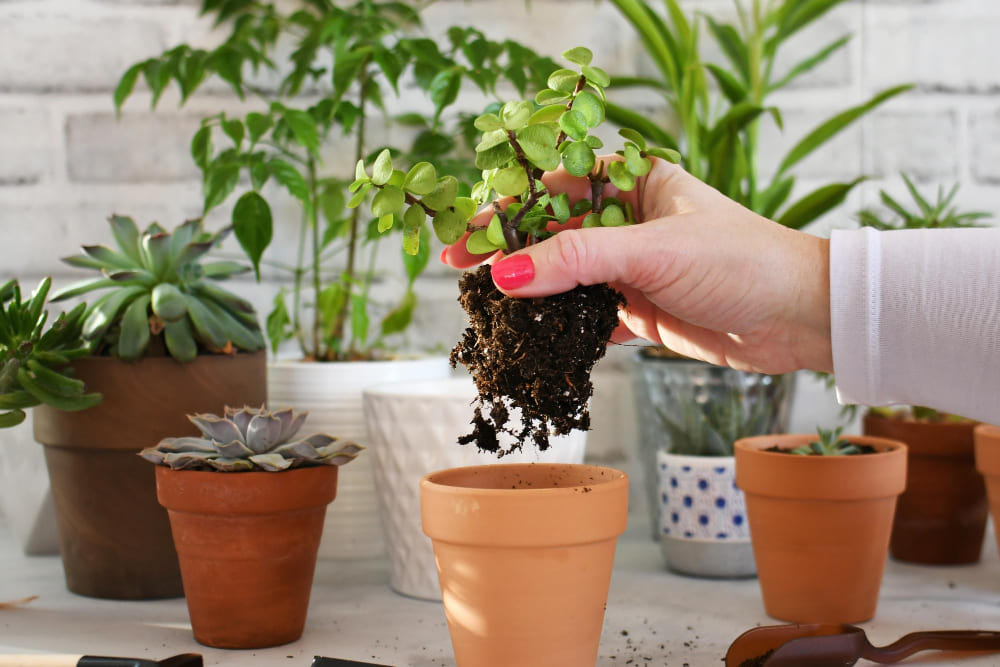
The consistent water supply at the planter’s base also helps draw the roots downwards, promoting healthier and stronger plants.
Additionally, these planters prevent root rot by ensuring that plants aren’t overwatered, as they only supply the amount of water needed. This way, the roots are kept in an ideal moist environment, vital for their growth and development.
Eco-Friendly
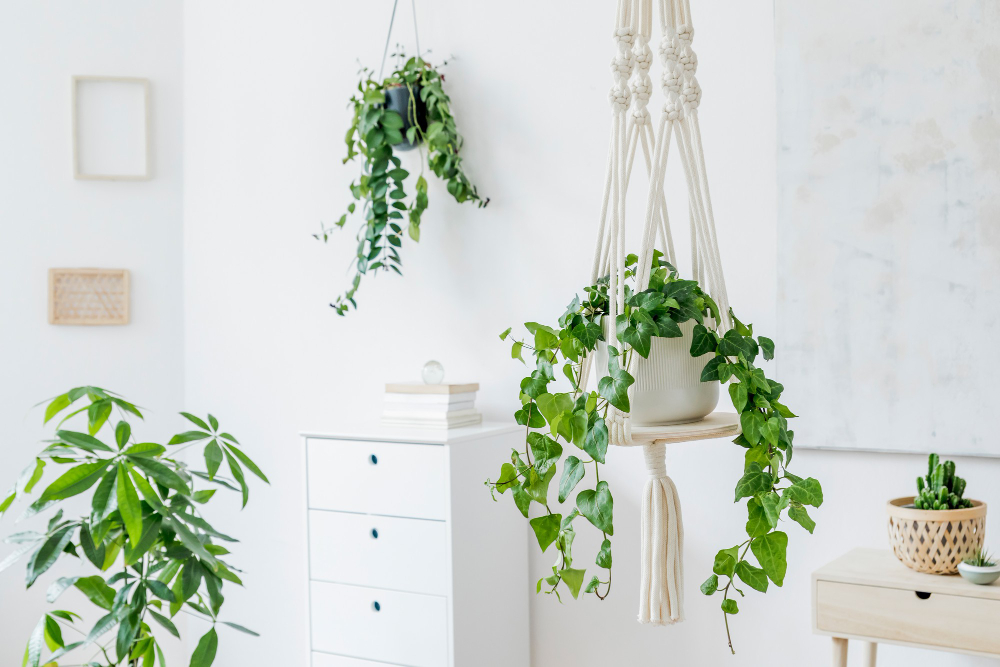
Another pro of self watering planters is that they’re eco-friendly because they conserve water. They supply only the amount of water a plant needs, reducing wastage. Also, by minimizing water runoff, they prevent the leaching of nutrients from the soil, contributing to a healthier environment. Therefore, they’re an excellent choice for sustainable gardening.
Cons of Using a Self-Watering Planter
Not Great for Thirsty Plants
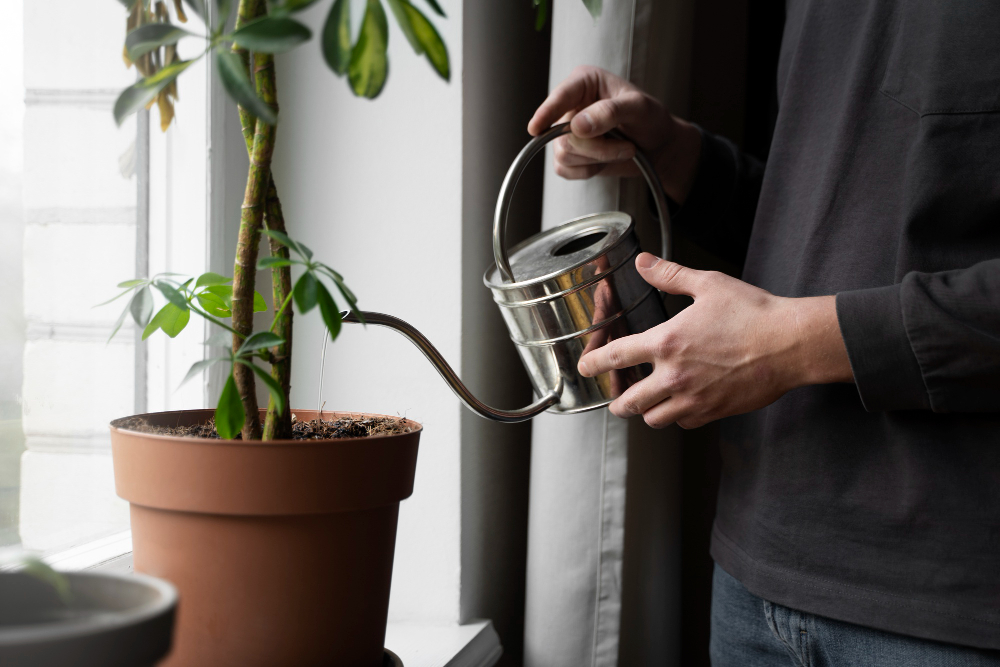
Thirsty house plants, like Indian mallow, Maidenhair fern, and Tillandsia, need frequent watering. However, self watering planters are designed to provide a consistent but moderate amount of water, which might not be sufficient for indoor plants with high water needs. As a result, these plants may not thrive or reach their full potential in self-watering planters.
Can Breed Mosquitos
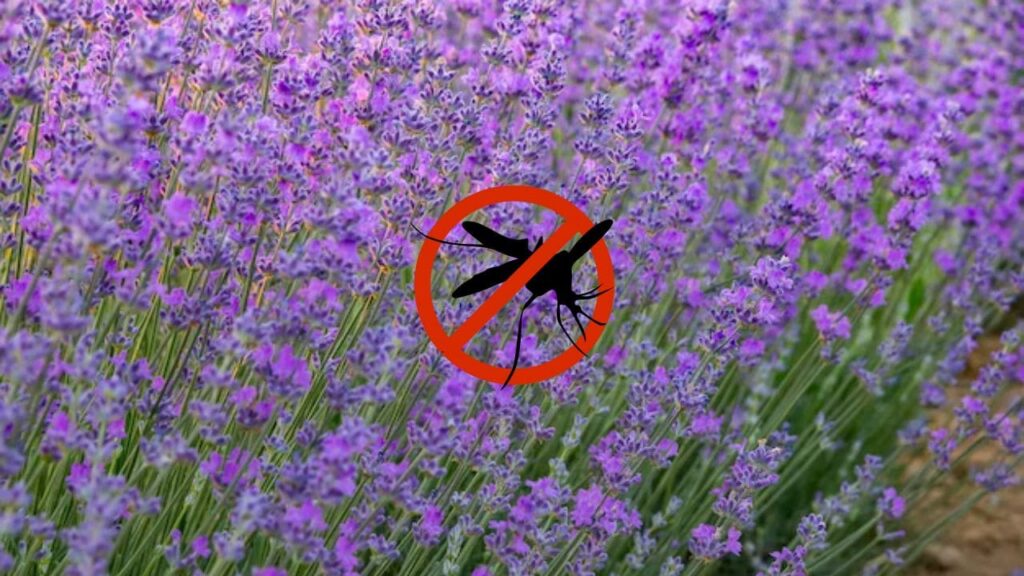
Self watering planters are designed to hold a water reservoir that the plants can draw upon as needed. This constant source of standing water, however, can also provide an ideal breeding environment for mosquitoes to lay their eggs in water.
As such, if the water in a self-watering planter is not changed regularly or is left uncovered, it could potentially lead to an increase in the mosquito population in your area.
Higher Price Point
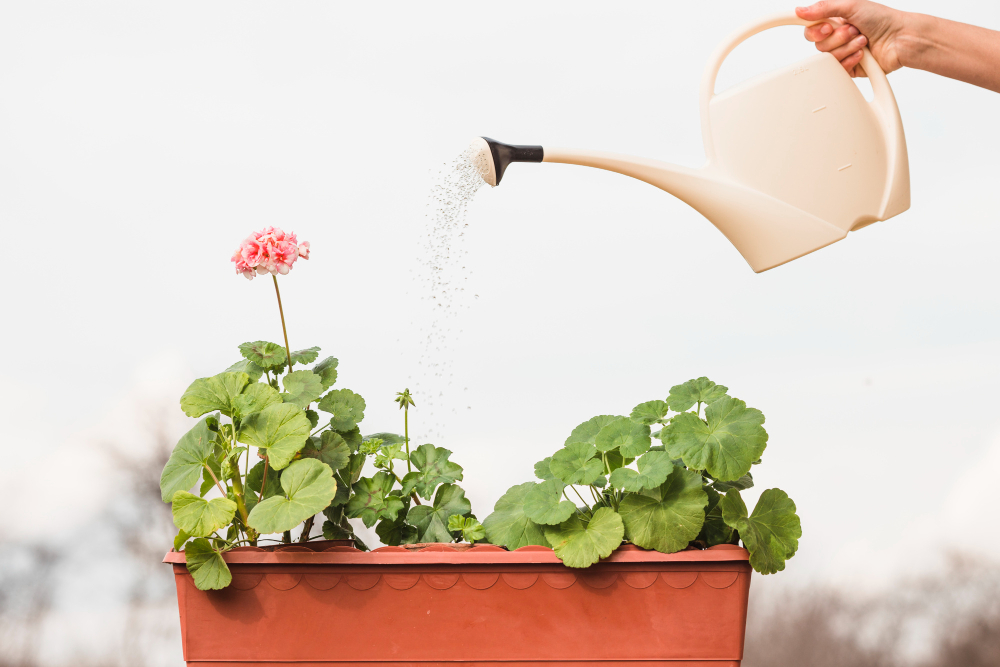
Self-watering planters are typically more expensive than traditional plant pots due to their complex design. On top of that, the materials used to make them are often of higher quality to ensure they can withstand constant contact with water without degrading.
While some may find the higher price justified by the convenience and benefits, others may find the cost too hefty.
Plants Best Suited for Self-Watering
Venus Flytrap
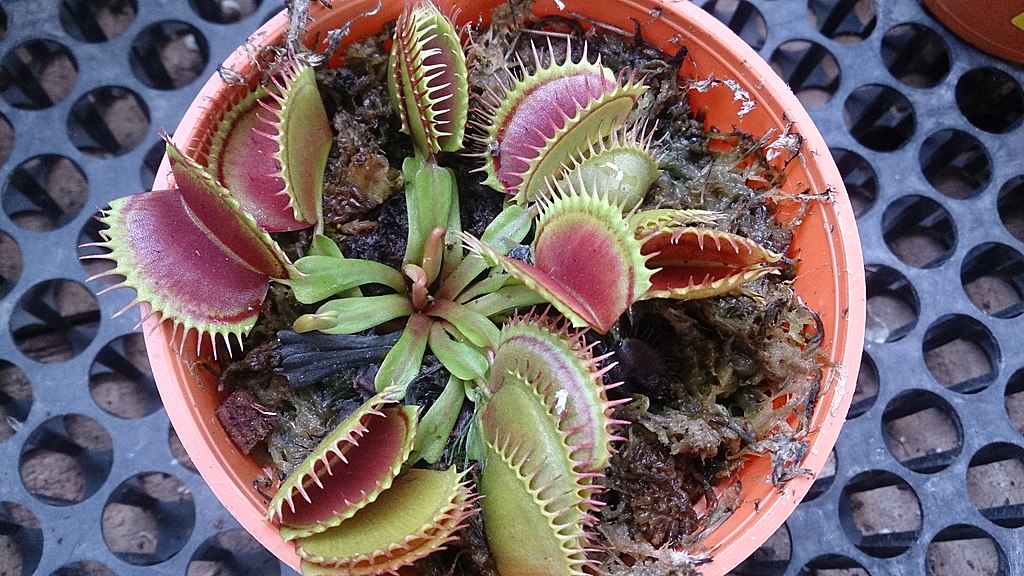
Venus flytraps are carnivorous plants that require a constantly moist environment, and too little water can cause them to dry out and die. On the flip hand, overwatering can lead to root rot. That’s why self-watering pots are an excellent choice for maintaining the delicate balance required by these plants.
Moreover, these pots can help mimic the plant’s natural boggy habitat by ensuring it has access to water at all times.
African Violets
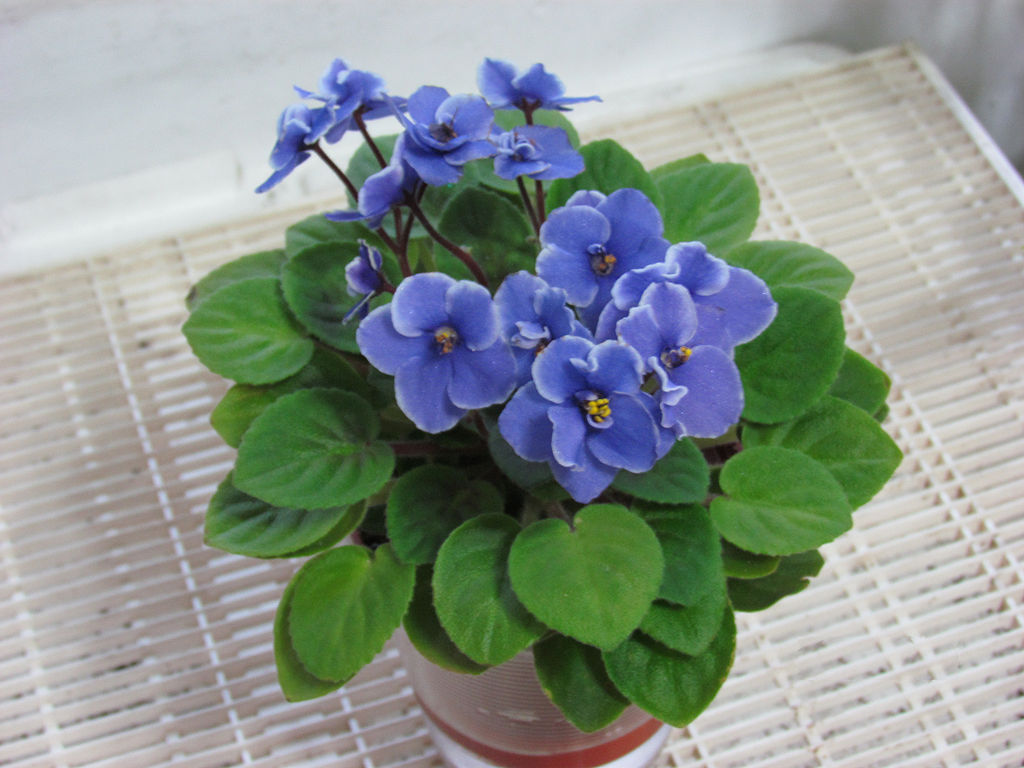
African violets thrive when their soil is kept uniformly moist but not waterlogged, a balance that can be easily achieved with a self-watering pot. Additionally, these plants are prone to leaf spotting if water touches their foliage, a common issue when watering from the top. Self-watering pots water from the bottom, preventing this problem.
Peace Lily

Peace lilies prefer well-drained soil that’s kept slightly moist most of the time. However, they are sensitive to overwatering, potentially leading to root rot. A self-watering pot ensures that the peace lily receives the right amount of water it needs by delivering moisture gradually and consistently and preventing the soil from drying out completely or becoming overly saturated.
Frequently Asked Questions
How often do you water a self-watering plant?
The frequency of watering a self-watering plant depends on the plant type and its specific needs, as well as the reservoir size in the self-watering pot. However, generally, you might need to refill the reservoir every 1-3 weeks.
Can you overwater a self-watering plant?
Yes, even with a self-watering pot, it’s possible to overwater a plant if the water reservoir is refilled too often or the plant doesn’t use the water as quickly as it’s supplied.
Do self-watering pots lead to root rot?
Self-watering pots can lead to root rot if they’re not used correctly. If the reservoir is constantly filled and the plant doesn’t consume the water quickly enough, the roots may be submerged in water for too long and develop root rot.
Conclusion
Self-watering planters are a fascinating invention that combines technology, convenience, and the timeless beauty of nature. These planters are not just a trend but a solution for busy individuals who love plants but struggle to keep up with their watering needs.
So, whether you’re a seasoned green thumb or a novice plant parent, self-watering planters are an investment worth considering for your house garden indoors. Remember, a well-hydrated plant is a happy plant. Embrace the future of gardening and let these self-watering planters help you in your journey towards a greener, more vibrant living space. Stay hydrated, stay green!

